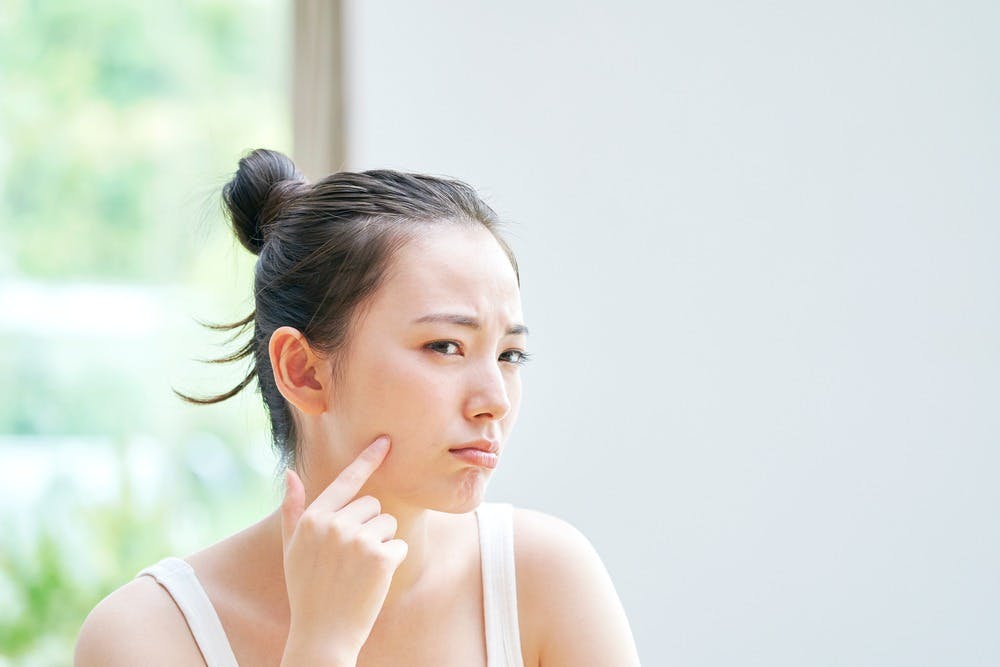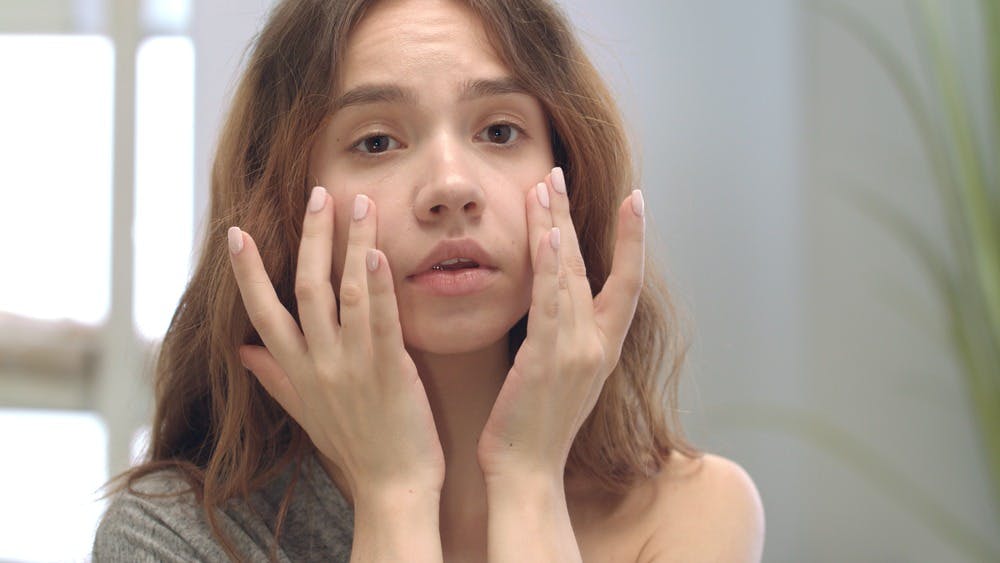
After getting Botox injections, it’s normal to experience some swelling. Knowing how long this swelling lasts can help you manage your recovery better. You’ll find out what usually happens right after the procedure and what to anticipate in the days and weeks that follow. By understanding the usual healing process, you can learn ways to make recovery smoother and more comfortable.
Expert Dr. Robert Glasgold, with his vast knowledge of Botox, provides helpful advice on how to handle the swelling and helps clear up any common questions or wrong ideas people might have. This ensures that you have the information you need for your current treatment and any you might consider in the future.
Botox Recovery Simplified
- Swelling after Botox injections typically lasts for 24-48 hours.
- Applying a cold compress can reduce swelling and discomfort following Botox treatment.
- Avoiding strenuous exercise for 24 hours after receiving Botox can help minimize swelling.
- Sleeping with your head elevated the first night can help reduce swelling faster after Botox.
- If swelling or other side effects persist beyond 48 hours, consult your doctor for advice.
The Immediate Aftermath: Managing Expectations Right After Botox
Tips for Managing Early Swelling: What to Do and What to Avoid
The initial hours after receiving Botox are critical for recovery and reducing discomfort. A mild increase in swelling is a typical reaction as your facial muscles adapt to the Botox. It’s important to address these effects properly to ensure a smooth recovery.
- Apply a cold compress: This helps lessen swelling by narrowing blood vessels. Be gentle to avoid pressing on the treated areas.
- Stay upright: Maintain an upright position for at least 4 hours after treatment to keep the Botox from spreading to other areas of the face.
- Choose gentle skincare products: Avoid harsh ingredients that may worsen swelling and use gentle, calming products instead.
Monitoring your facial muscles for any unexpected reactions, like muscle weakness or droopy eyelids, is crucial. Should these occur, contact your provider promptly. Good early care can enhance the overall results of your Botox treatment.
The Short-Term Recovery Timeline: Days Following The Botox Procedure
24-48 Hours Post-Botox: Observing Changes and Continuing Care
- Initial Observations: Within the first 24-48 hours after botox, patients usually start to observe changes as the recovery process begins.
- Continued Care: Following effective post-Botox care tips and care instructions such as avoiding heavy exercise and keeping the head upright is crucial to prevent complications including a drooping eyelid.
- Expected Changes: Some mild swelling is a typical response to the procedure and can be managed during this phase.
Days 3-7: The Peak and Decline of Swelling
- Swelling Progress: Between 3 to 7 days post treatment, patients typically experience peak levels of residual swelling, which then starts to subside.
- Body Adaptation: This reduction indicates the body’s adaptation to botox, with the treated area becoming more settled.
- Observation and Healing: Patients may observe mild bruising, particularly around the upper eyelid, which should fade over this period. Monitoring recovery is crucial to ensure proper healing.
- Recovery Milestones: By the end of this period, a noticeable reduction in swelling often signifies the end of the most apparent recovery symptoms.
Long-Term Healing After Botox
When to Expect Full Recovery from Swelling
After the initial week of receiving botox, patients generally notice a smoother recovery process. Here’s what to expect in terms of recovery timeline:
- First Week: Substantial decrease in swelling, which makes the botox effects more visible.
- Second Week: Any mild remaining swelling should have subsided, revealing the full aesthetic enhancements of the botox.

Identifying Signs of Unusual Recovery Patterns
Recognizing the symptoms of a bad reaction to botox is crucial. Keep an eye out for the following:
- Prolonged Swelling: Persistence of swelling beyond the normal recovery timeline may indicate an issue.
- Allergic Reaction Signs: Uncommon redness, itching, or discomfort at the injection sites can be a sign of an allergic response.
- If such symptoms appear, or if you have concerns about potentially bad botox, consulting with a doctor should be a priority. Differentiating between an allergic reaction and a typical recovery process is vital for your health and well-being.
Enhancing Your Recovery: Strategies and Remedies After Botox
Professional Recommendations for Swelling Reduction
After botox treatment, following professional guidance can significantly improve recovery. Here are some recommended strategies:
- Arnica Supplements: These may reduce bruising and swelling, supporting faster healing.
- Vitamins:
- Vitamin K: Aids in blood clotting.
- Vitamin C: Supports tissue repair.
- High-dose Vitamin E: Best avoided as it could lead to increased bruising.
Home Remedies and Lifestyle Adjustments for Swift Healing
To aid the healing process at home, consider these steps:
- Water: Drink plenty of water to stay hydrated and help the body heal after botox.
- Facial Exercises: Light exercises may enhance circulation in treated areas.
- Avoid Strenuous Exercise: To prevent worsening of swelling.
- Diet: Eat foods rich in vitamins and nutrients to boost the body’s natural recovery mechanisms.
Frequently Asked Questions on Botox Swelling
What are the improvements I can expect?Botox can reduce the appearance of wrinkles and fine lines for a more youthful look.
Could botox cause unwanted reactions?While injections can cause minor side effects like temporary bruising or swelling, these events are generally short-lived.
How do I choose the right professional for botox treatments?Ensure you select a certified and experienced provider to minimize potential risks and maximize positive outcomes.
What steps should I follow after receiving botox injections?Strictly adhering to the provider’s aftercare instructions can aid in achieving the best results and reducing side effects.
How long does it take to see the full effects?The full impact of botox usually reveals itself within 1-2 weeks post-treatment.
What should I expect with fillers?Dermal fillers can restore volume and smooth out deeper lines for a rejuvenated look.
Is swelling after lip fillers normal?Some swelling is expected after lip fillers but typically diminishes within a few days.
When will I notice the final appearance after lip fillers?The final appearance should settle in after swelling goes down, generally a few days to a week after the procedure.
How often do I need them?The frequency of dermal filler injections depends on the type of filler used and individual metabolism rates.
What are eye fillers, and how do they work?Eye fillers are specialized treatments designed to reduce the appearance of under-eye bags and hollows.
What makes lip fillers an attractive option?Lip fillers offer a non-surgical means to plump and define the lips, enhancing your natural features.
How long is the recovery time after fillers?Recovery from filler injections is usually brief, with many individuals resuming normal activities immediately.
Are there any specific instructions for aftercare?Yes, following your healthcare professional’s guidelines after a filler treatment is vital for healing and optimizing results.



